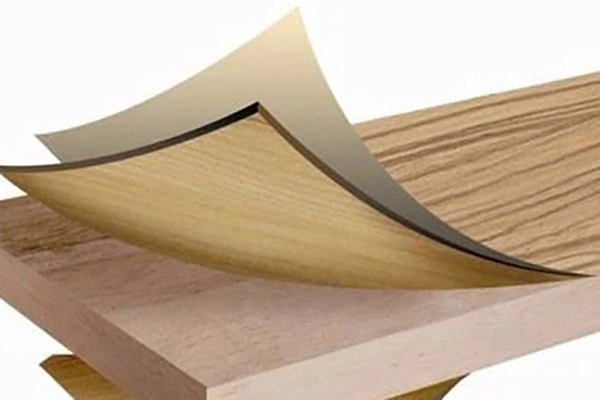Medium Density Fiberboard (MDF) is a versatile and widely used material in the furniture and construction industries. It’s valued for its smooth surface, uniform density, and ease of use. However, MDF on its own lacks the aesthetic appeal and durability required for finished products, which is where melamine comes into play. Melamine-covered MDF has become increasingly popular due to its enhanced properties and attractive finishes. This article explores the process and benefits of applying melamine to MDF and its various applications.
What is melamine-covered MDF?
Melamine is a type of thermosetting plastic known for its durability, heat resistance, and wide range of colors and finishes. When applied to MDF, melamine provides a hard, scratch-resistant surface that is both decorative and functional. Melamine-covered MDF combines the structural advantages of MDF with the enhanced surface properties of melamine, making it a preferred choice for many applications.
The Process of Applying Melamine to MDF
The process of creating melamine-covered MDF involves bonding melamine-impregnated paper to the surface of the MDF under heat and pressure. Here’s a step-by-step outline of how this is typically done:
- Preparation of MDF: The MDF panels are first prepared by ensuring they are clean, smooth, and free of any debris or imperfections. This is crucial for achieving a seamless bond with the melamine layer.
- Impregnation of Paper: Sheets of decorative paper are impregnated with melamine resin. These sheets come in various colors, patterns, and textures, allowing for a wide range of design options.
- Bonding Process: The melamine-impregnated paper is then laid on the surface of the MDF panels. Under high heat and pressure, the resin melts and bonds the paper to the MDF, creating a hard, durable surface. This process not only adheres the melamine to the MDF but also cures the resin, ensuring a robust and resilient finish.
- Finishing: Once the melamine is bonded to the MDF, the panels are trimmed and finished to the desired dimensions. Edges may be sealed or covered with edge banding to protect them and enhance their overall appearance.
Benefits of Melamine Covered MDF
There are several advantages to using melamine-covered MDF in various applications:
- Durability: Melamine provides a tough, scratch-resistant surface that can withstand everyday wear and tear. It is also resistant to heat, moisture, and stains, making it ideal for high-use areas.
- Aesthetic Appeal: Melamine comes in a vast array of colors, patterns, and finishes, including wood grain, solid colors, and abstract designs. This versatility allows for creative and attractive interior designs.
- Cost-Effective: Compared to solid wood or other high-end materials, melamine-covered MDF is more affordable while still offering a high-quality finish. This makes it an economical choice for budget-conscious projects.
- Ease of Maintenance: The non-porous surface of melamine is easy to clean and maintain. It does not require special treatments or finishes, which simplifies upkeep and extends the life of the product.
Applications of melamine-covered MDF
Melamine-covered MDF is used in a wide range of applications across various industries. Some common uses include:
- Furniture: It is widely used in the production of cabinets, wardrobes, office furniture, and shelving units. The durability and aesthetic options of melamine make it ideal for both residential and commercial furniture.
- Interior Design: Melamine-covered MDF is often used for wall paneling, partitions, and decorative elements in interior design. Its versatility allows for creative and customized designs.
- Kitchen and Bathroom: Due to its moisture resistance, melamine-covered MDF is suitable for kitchen and bathroom cabinets and countertops. It provides a durable and easy-to-clean surface that withstands the rigors of these high-moisture environments.
- Retail Displays: In the retail sector, melamine-covered MDF is used to create attractive and durable display units and fixtures. Its ability to mimic the appearance of more expensive materials makes it a cost-effective choice for visually appealing displays.
Conclusion
Yes, you can put melamine on MDF, and doing so creates a versatile and durable material suitable for a wide range of applications. Melamine-covered MDF combines the structural benefits of MDF with the enhanced surface properties of melamine, resulting in a product that is both functional and aesthetically pleasing. Whether for furniture, interior design, or specialized applications, melamine-covered MDF offers a cost-effective, durable, and attractive solution. As such, it continues to be a popular choice among designers, manufacturers, and consumers alike.
Post time: 07-24-2024












